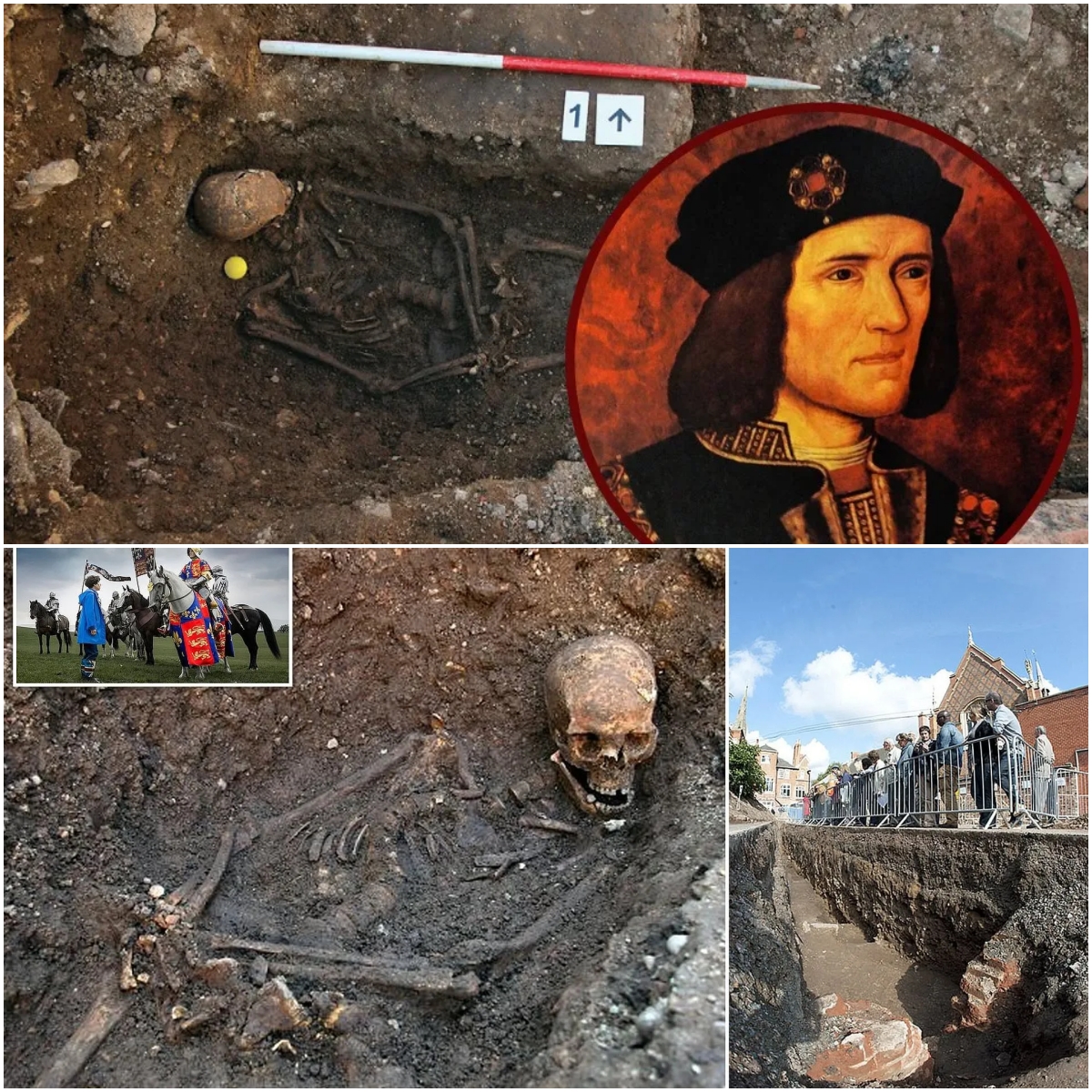Antikythera’s Analog Wonder: 2,000 Years Ahead of Time

In April 1901, while exploring a shipwreck under the sea near the island of Antikythera, Greece, a group of divers found a strange object among the submerged remains near a reef. At first, the fragments of rusted and amalgamated metal seemed to belong to a common artifact. However, when they were analyzed at the National Museum of Archeology of Greece, researchers realized that they were dealing with an invention that far surpassed its time.

The Antikythera Machine, as it is now known, is a complex mechanical device, comparable in size to the average laptop computer, made of bronze and precision-crafted gears. The device has more than 30 gears, each designed with astonishing accuracy, and was designed to model the movements of the planets, the Moon and the Sun. This device is considered the world’s first analog computer, raising big questions about the technological level achieved by the ancient Greeks.

In their first studies, the scientists were unable to formulate clear hypotheses about the function of the artifact. However, the first evidence extracted from the gears and the inscriptions on their metal surface suggested a device intended to track astronomical events. In 1959, science historian Derek de Solla Price conducted a detailed study and confirmed that the Antikythera Machine was designed to calculate and predict solar and lunar eclipses, as well as other astronomical cycles. There are ancient texts that also document the existence of similar devices during the time of Archimedes.

Recently, thanks to advanced X-ray and digital reconstruction technologies, scientists have been able to reveal the structure and functions of the machine in more detail. Studies have shown that the device could accurately track the movements of five planets and display information on a panel with detailed markers.

Today, scientists continue to excavate and study the area near the island of Antikythera with the aim of finding more related evidence. The data collected is compared with historical documents and modern studies to confirm that ancient Greek technology far exceeded traditional expectations.






